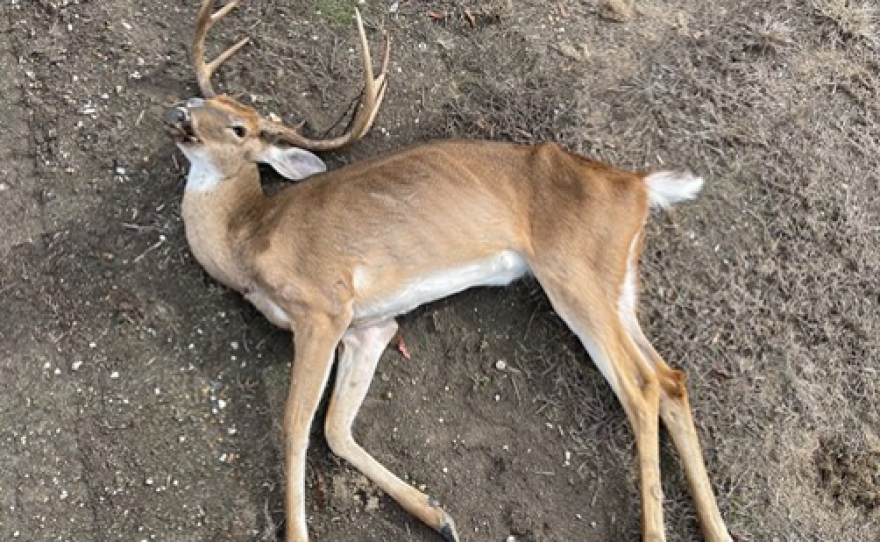Another apocalyptic-sounding disease has been added to the list: a “zombie deer disease” that has been plaguing hundreds of animals in the US and may eventually spread to humans.

Scientists are becoming increasingly concerned about chronic wasting disease (CWD), also known as “zombie deer disease,” as it has affected hundreds of animals in the US in the last 12 months. Concerns regarding the disease’s possible human transmission have increased since it was recently discovered in Yellowstone National Park.
A different kind of protein called prion causes the normally healthy brain proteins to fold improperly. It could lead to illnesses in both people and animals. It is possible for humans to contract these extremely contagious diseases by eating contaminated meat. class of infectious agents made up of misfolded proteins, and CWD is one of them.
It has been reported to impact areas in North America, Canada, Norway, and South Korea and has been seen in a variety of ungulate species, including deer, elk, reindeer, and moose.
Significant weight loss is one of the disease’s hallmark symptoms, along with drooling, lethargy, stumbling, and neurological abnormalities.
spillover to people
Scientists are worried that CWD may one day endanger human health even though it primarily affects animals.
Because the disease progresses gradually, experts have described it as a possible “slow-moving disaster.”
Although there haven’t been any confirmed cases of spillover—human infection—yet, epidemiologists warn that this doesn’t mean there won’t be any in the future.
Second occurrence of mad cow disease
The parallel to the British outbreak of mad cow disease serves as a reminder of how unpredictable events that spread from animals to people can be.
Experts worry about the possible repercussions if CWD were to spread to humans in light of the catastrophic effects of mad cow disease in the UK, where millions of cattle were killed.
unable to be killed
The final flourish? There is no surefire way to get rid of this threat. It is very difficult to remove once it has contaminated an area, as it can linger in soil or on surfaces for years. In addition, the prion has demonstrated resistance to radiation, formaldehyde, common disinfectants, and even high-temperature incineration.

Citing animal studies that indicate a risk to certain non-human primates exposed to CWD-infected materials, the CDC acknowledges the potential risk to humans. The World Health Organization has stressed the significance of keeping agents responsible for known prion diseases, such as CWD, out of the human food chain since 1997.
The emergence and spread of CWD serve as a sobering reminder of the significance of keeping an eye out for and responding to such potential threats, particularly as the world grapples with escalating zoonotic disease challenges.

2 thoughts on “Animals in the US are being affected by a “chronic wasting disease.” Could it, however, also infect humans?”